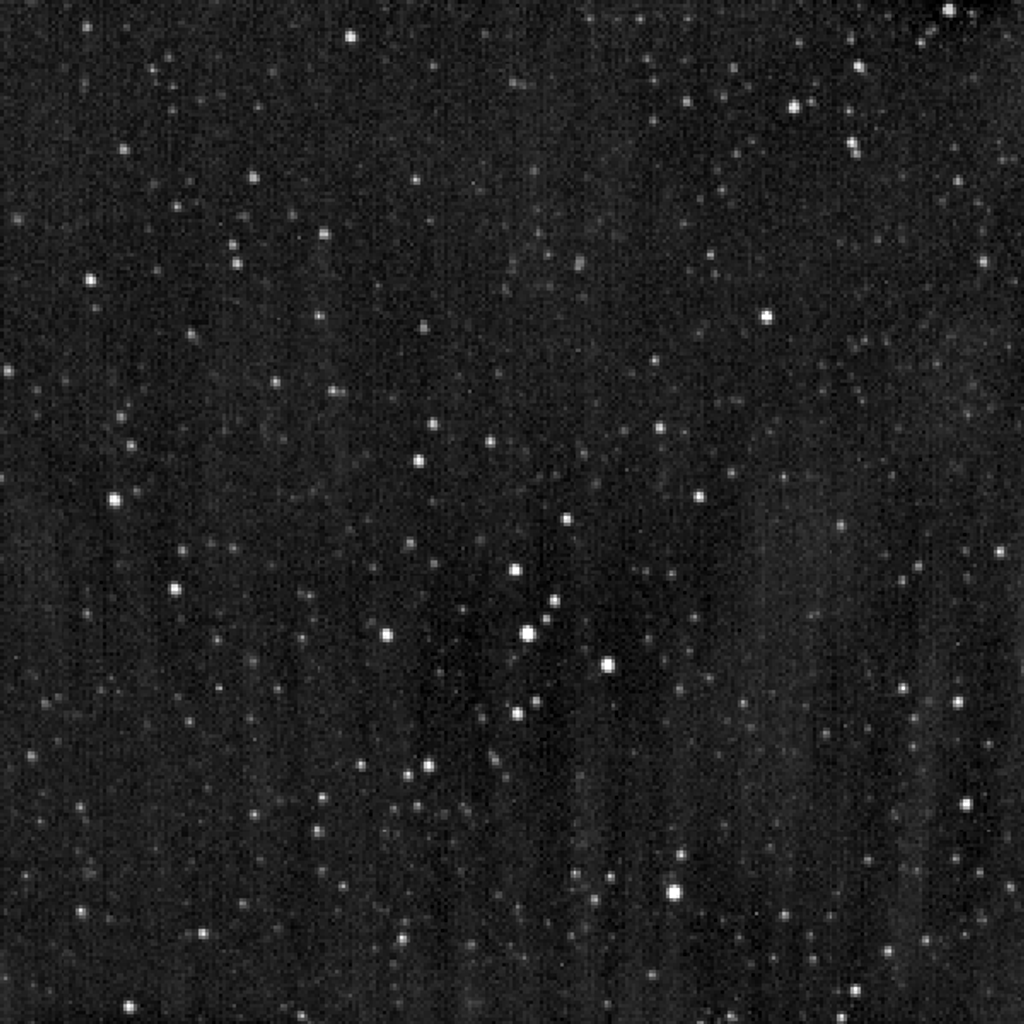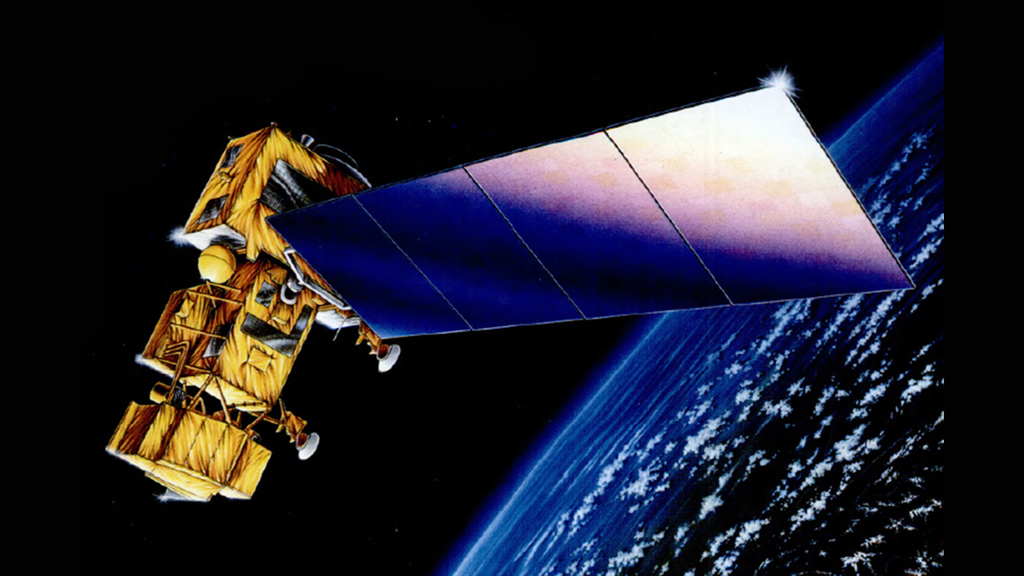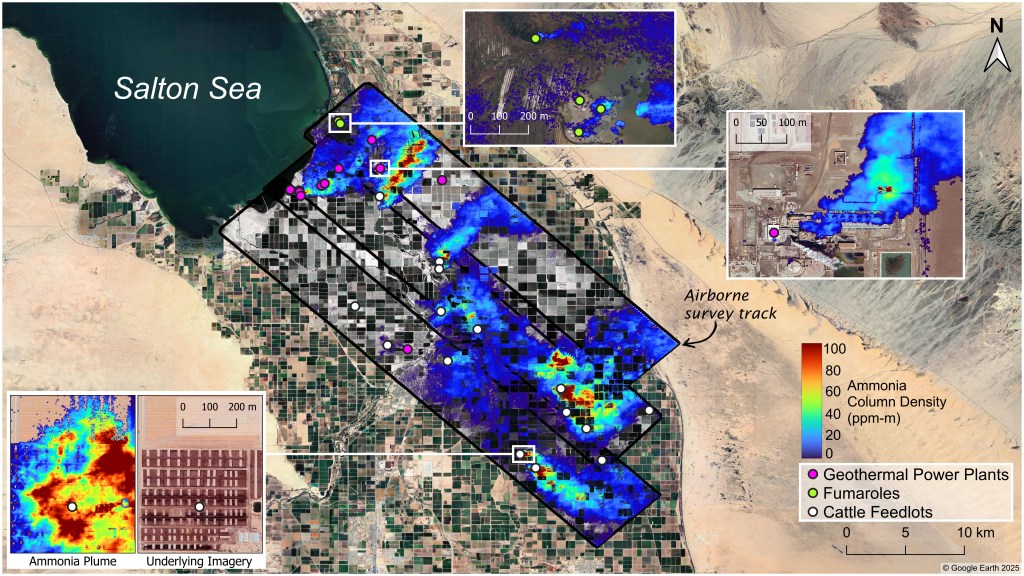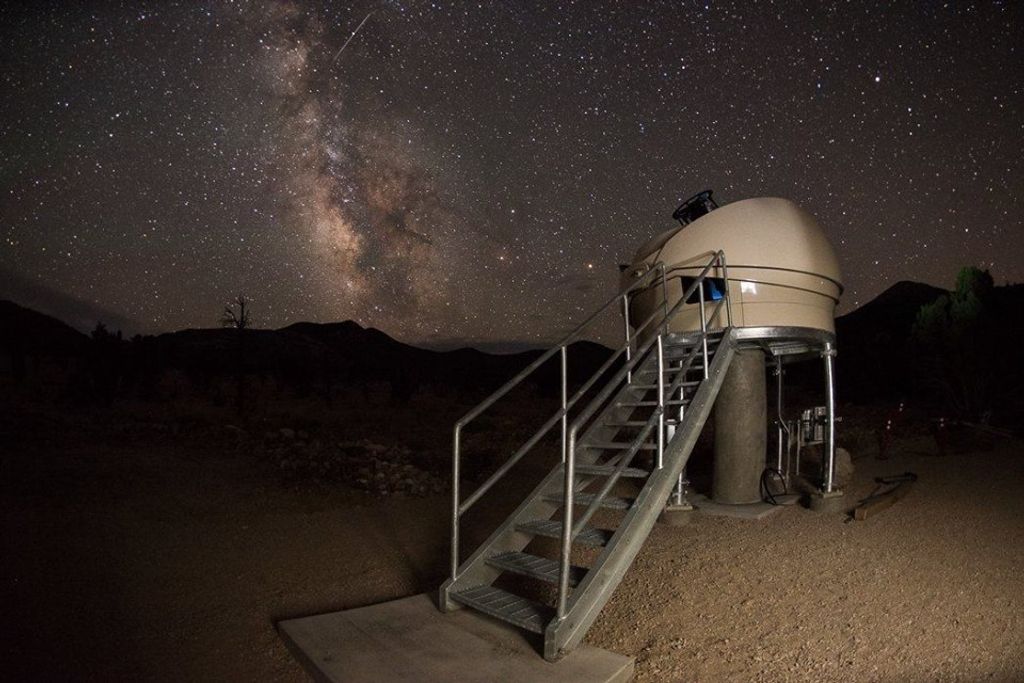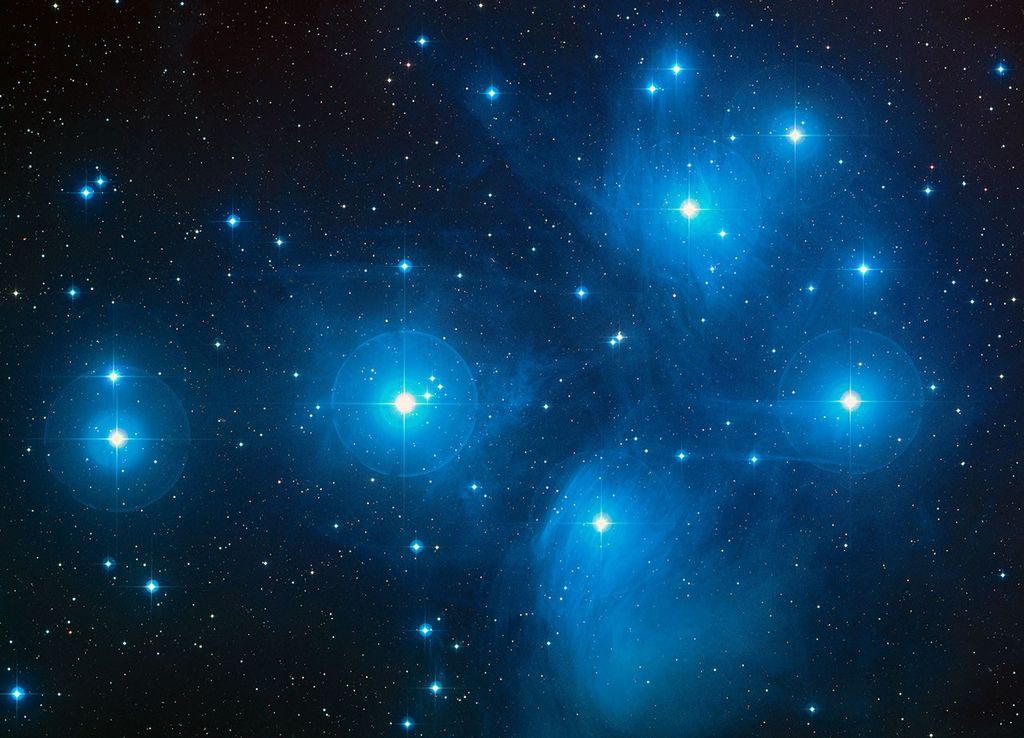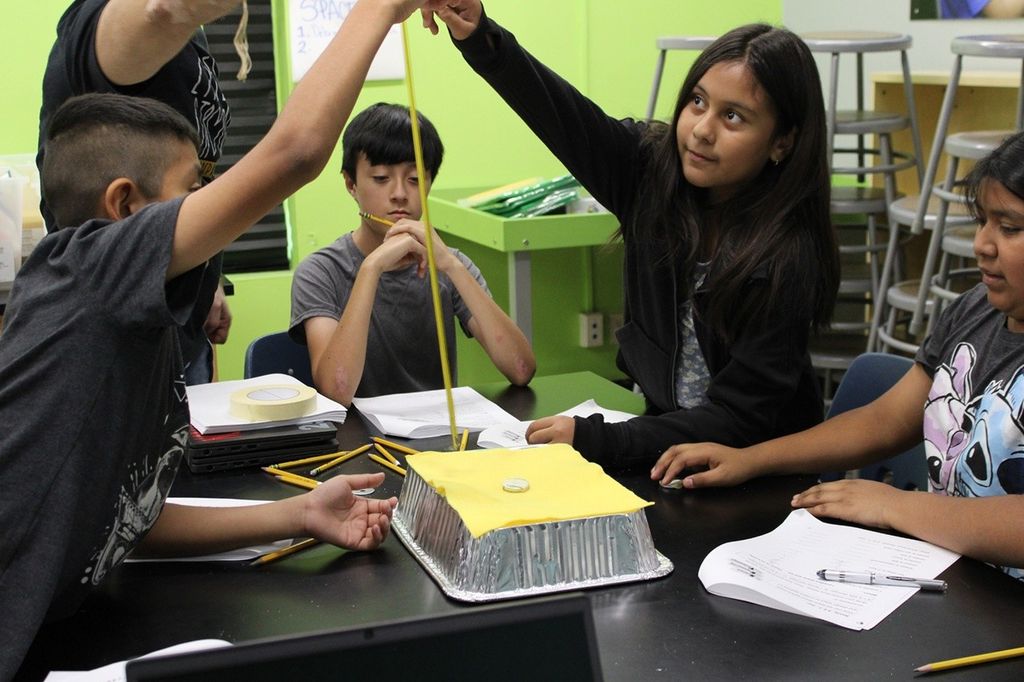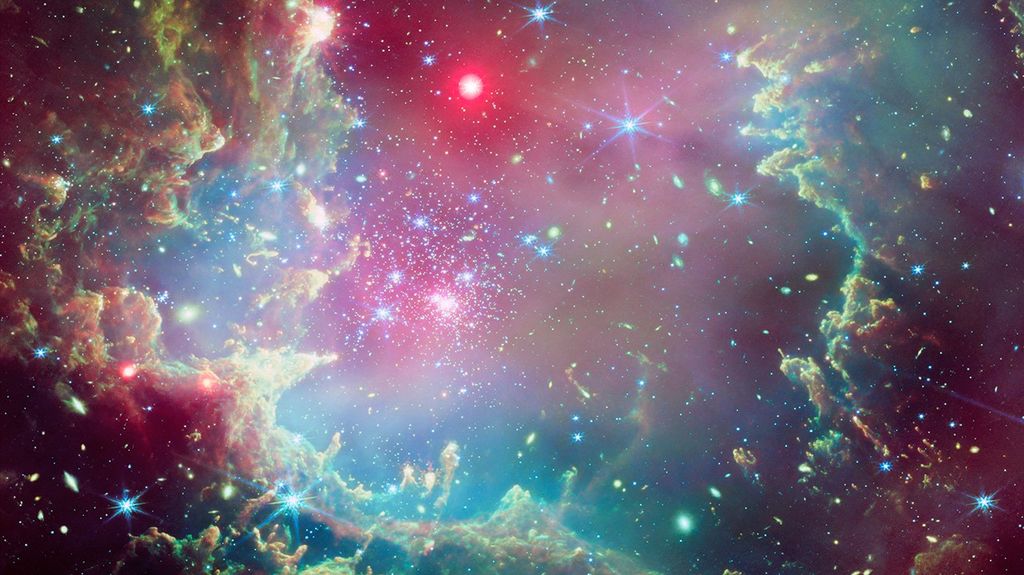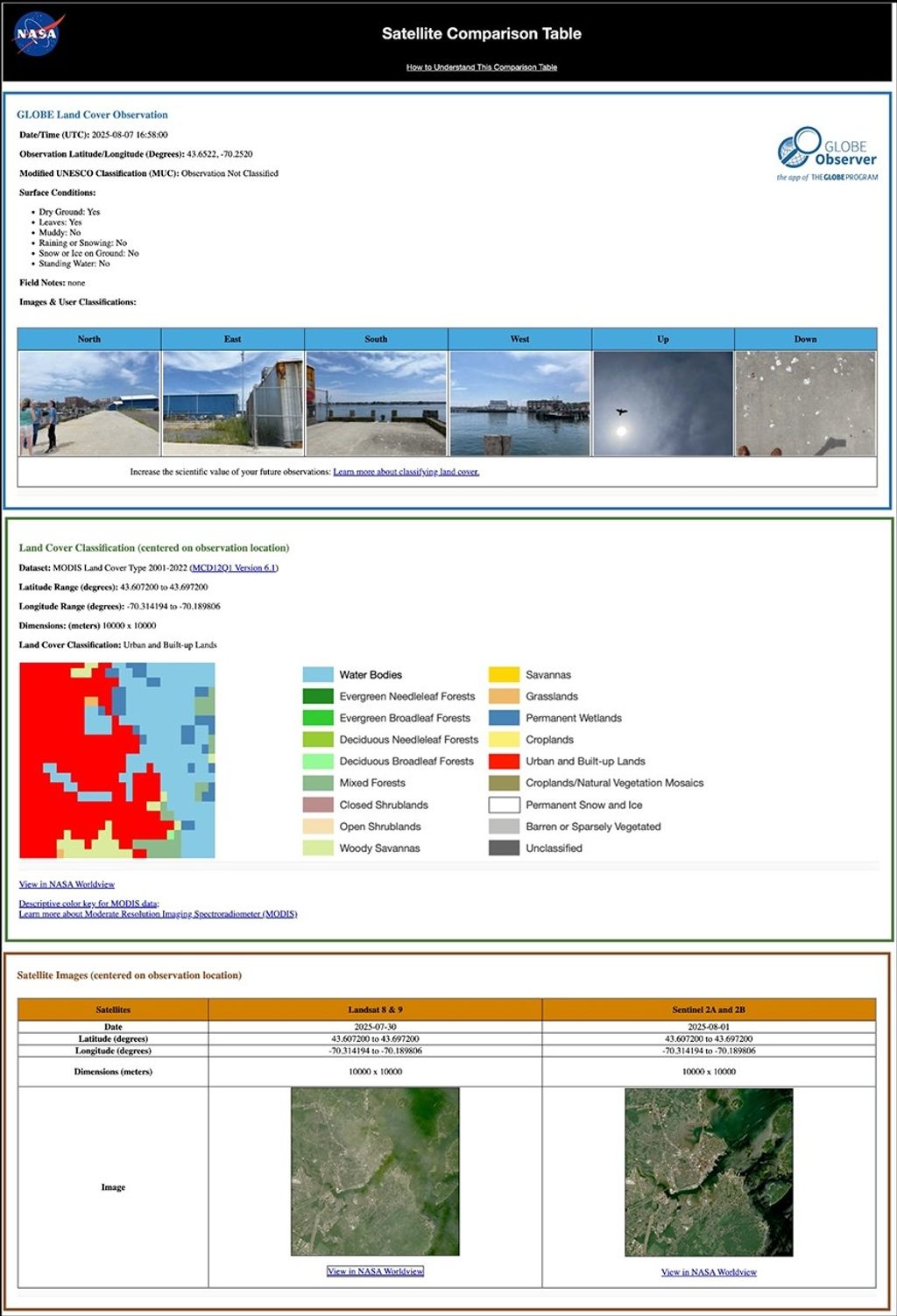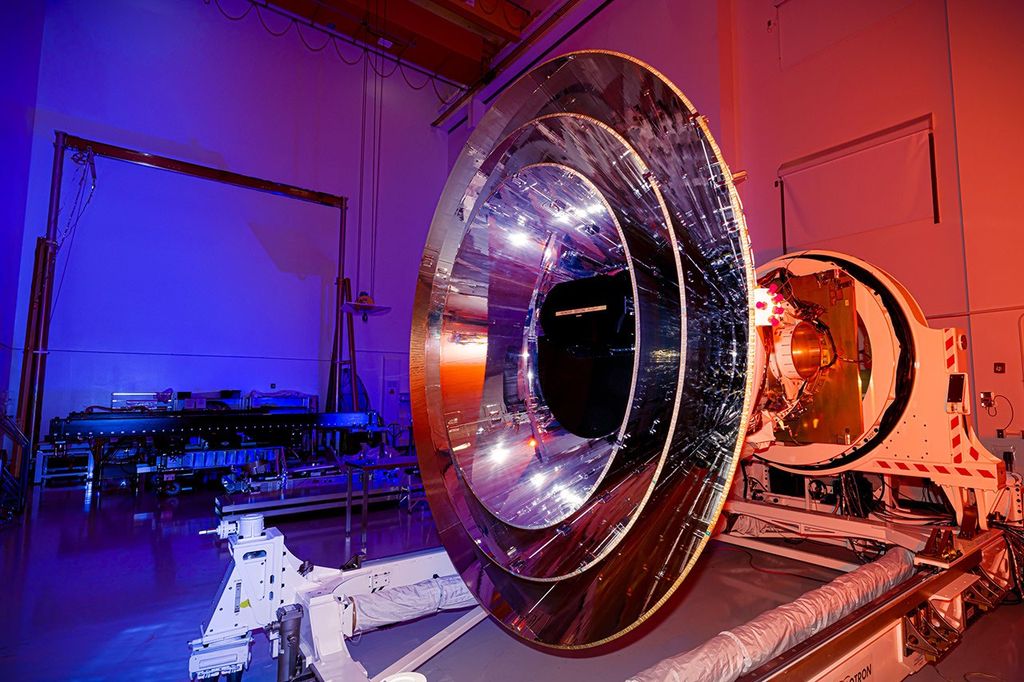NASA's Hubble Space Telescope captures the iridescent tapestry of star birth in a neighboring galaxy in this panoramic view of glowing gas, dark dust clouds, and young, hot stars. The star-forming region, catalogued as N11B, lies in the Large Magellanic Cloud (LMC), located only 160,000 light-years from Earth. With its high resolution, the Hubble Space Telescope is able to view details of star formation in the LMC as easily as ground-based telescopes are able to observe stellar formation within our own Milky Way galaxy.
1 min read
Hubble Studies Generations of Star Formation in Neighboring Galaxy
Related Images & Videos

Generations of Star Formation in the Large Magellanic Cloud
NASA's Hubble Space Telescope captures this iridescent tapestry of star birth in a neighboring galaxy in this panoramic view of glowing gas, dark dust clouds, and young, hot stars. The star-forming region, catalogued as N11B, lies in the Large Magellanic Cloud (LMC), located...

N11, the Second-Largest Star Formation Region in the Large Magellanic Cloud
The Large Magellanic Cloud (LMC), located only 160,000 light-years from Earth, is the nearest galaxy outside the Milky Way in which stars are actively being formed. With its high resolution, the Hubble Space Telescope can study details of star formation in the LMC as easily as...

Ground-Based Image of LMC N11
An image of N11 in the Large Magellanic Cloud, taken with the Curtis Schmidt telescope at Cerro Tololo Interamerican Observatory (CTIO) as part of the Magellanic Clouds Emission-Line Survey (MCELS). These data were taken by CTIO astronomical observers, Claudio Aguilera, Sean...
Share
Details
Claire Andreoli
NASA’s Goddard Space Flight Center
Greenbelt, Maryland
claire.andreoli@nasa.gov
NASA, ESA, The Hubble Heritage Team (AURA/STScI), and HEIC;
Acknowledgment: Y.-H. Chu (U. Illinois, Urbana-Champaign) and Y. Nazé (U. Liège, Belgium)






